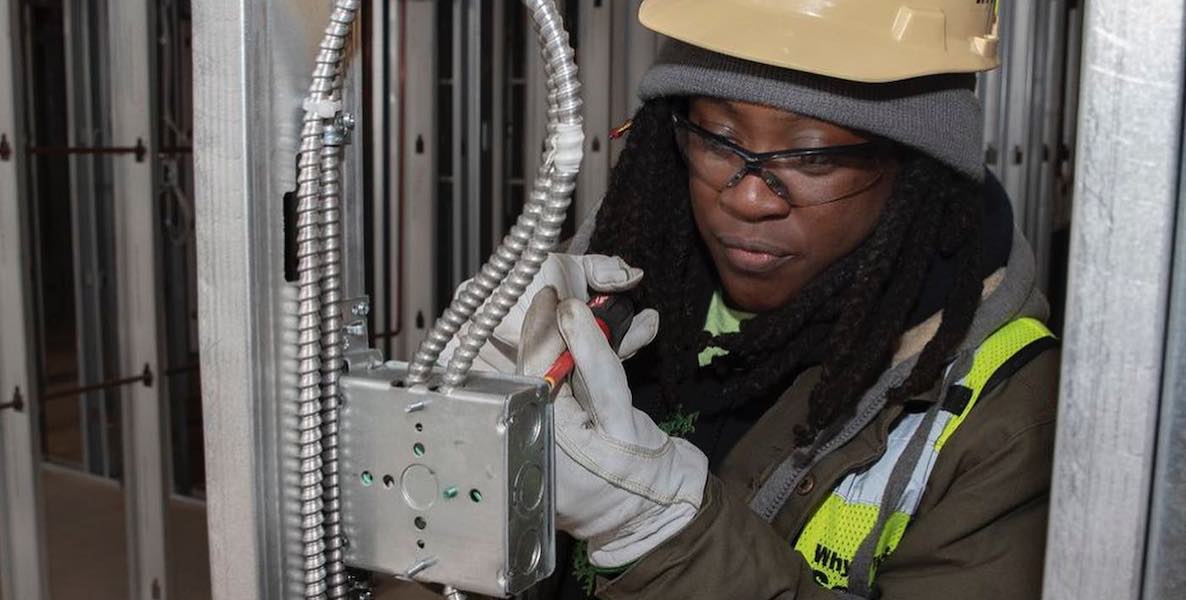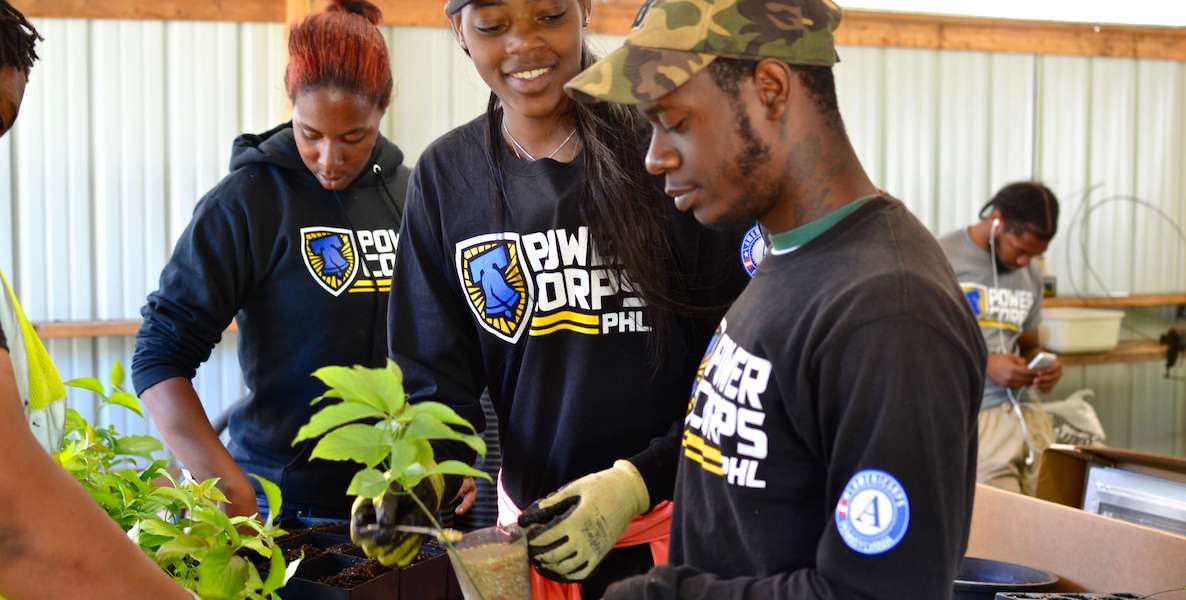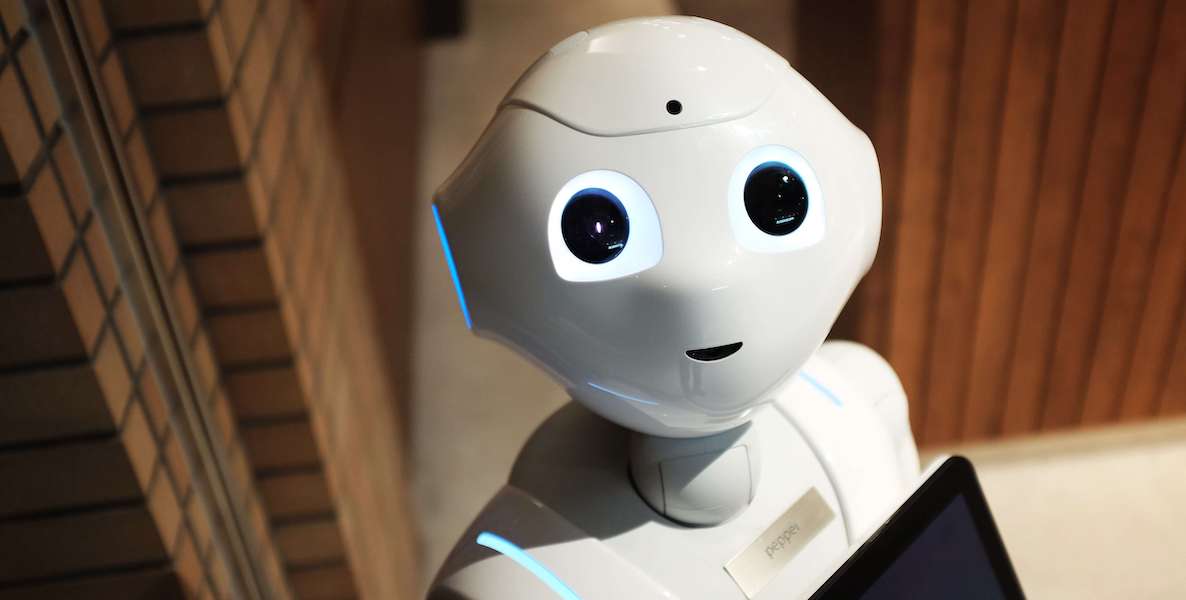Many religions and cultures have myths to illustrate the links between destruction and creation. Philosophers throughout ancient and modern eras have explored these synergies.
![]() I first gained an acute awareness of the linked forces of destruction and creation after becoming a mother. It was nothing short of a transformation for me. Childbirth ends pregnancy, creates a child. It destroys what the couple once was and creates a new couple in a family. Parenting changed me profoundly.
I first gained an acute awareness of the linked forces of destruction and creation after becoming a mother. It was nothing short of a transformation for me. Childbirth ends pregnancy, creates a child. It destroys what the couple once was and creates a new couple in a family. Parenting changed me profoundly.
Every major life change is both destruction and creation. Destruction is grief, creation is struggle but exhilarating.
The pandemic is a force, too. It is imposing destructive and creative energy on people, cities, industries and our entire global economy.
This is well-documented in a working paper COVID-19 is Also a Re-Allocation Shock, written by Jose Maria Barrero, Nick Bloom and Steven Davis and published by the Becker Friedman Institute for Economics at the University of Chicago.
The researchers examine the destructive and creative forces underway right now as measured by data. The paper makes a bold estimate: 32 to 42 percent of pandemic job layoffs will be permanently lost.
To put this in the context of national unemployment claims: Over 40 million people made unemployment claims since the pandemic began. This means somewhere between 12 and 17 million people who lost jobs since March will not have the option to return to the job they lost after social distancing is over. And, Black workers are historically more likely to be among the unemployed.
We need to do more than react to destructive economic forces from the pandemic. Equal energy needs to be dedicated to building thoughtful, collaborative and solid foundations to bolster the creative forces.
We all see social distancing has devastated consumer demand and changed how we work, shop, eat, learn and play. Our “Eds, Meds and Beds” regional economy is not unscathed. Tourism (“Beds”) is suffering all over the country and we see the temporary damage from the missing visitors to Independence Mall this summer. However, researchers have begun to project what aspects of the social distancing destruction will create more permanent habits. The reallocations are shocks, many permanent, to the job market and within industries.
![]() For example, the authors surveyed residents and hiring managers about working from home. Working from home for higher income office workers will likely triple even after social distancing is over. This has major lasting implications for wage tax revenues, businesses in Center City and SEPTA.
For example, the authors surveyed residents and hiring managers about working from home. Working from home for higher income office workers will likely triple even after social distancing is over. This has major lasting implications for wage tax revenues, businesses in Center City and SEPTA.
The authors pointedly say these projections about permanent destruction are conservative estimates. How in the world are these jobs and sales figures conservative estimates?
Findings were, in part, based upon multiple surveys such as the Survey of Business Uncertainty (SBU) conducted by The Federal Reserve Bank of Atlanta. As the authors explain, the SBU tends to draw upon larger, more established firms.
In addition, even among large firms, highly stressed companies are less likely to respond to surveys. This means their data may not have captured the firms and perspectives experiencing the most pain.
It is not all grim.
Barrero, Bloom and Davis also calculate three new jobs were created for every 10 layoffs. In many areas, such as retail, the virus hastened slow, building trends to online purchasing. The behemoths Amazon and Walmart are each trying to hire hundreds of thousands of workers. CVS is adding 50,000 new workers. Instacart added 300,000 new shoppers to their platform and is profitable ahead of schedule. (But the gig worker shoppers are not happy).
In healthcare, our “Meds” economic driver, the re-allocation shock is away from office visits and into telemedicine. Regulations are changing to accommodate the pandemic crisis so more medical professionals can treat routine ailments and serve more patients. As Boomers age and prefer not to travel, telemedicine will become a permanent fixture instead of an emergency response. This shift, like the expected tripling of working from home time, has major land use and tax policy implications for all metro areas.
The pandemic has also given our strong bio-med cluster a huge opportunity to shine as the race for innovative solutions, treatments and vaccines is on.
Our “Eds” sector includes higher education, all of the K-12 schools, and thousands of childcare centers and settings. This sector combines to be a major source of employment across a wide range of salaries.
There is also a wide range of institutional resiliency: Penn has a financial cushion; the newly opened childcare center does not. The sector relies on proximity to provide services. The service in education is the physical space and culture created through human interaction.
Which schools can conduct temperature checks before entry? Who can ensure masks are worn by students and teachers? How will social distancing happen in already over-crowded schools? Who will provide PPE and extra cleaning? How will families and workers be protected?
Who bears responsibility?
The universities, schools and childcare centers charging tuitions should be the most motivated to innovate rapidly and replicate safe, optimal education experiences in person or virtually, as needed. Can they? Will they? It remains to be seen how the education sector and the people it serves will respond and adapt.
Meanwhile, demand for skills training through LinkedIn Learning are up 600 percent. An education company called Outschool is working to hire 5,000 more teachers to meet demand for synchronous, online classes for grade school and high school students.
A local company has new, global demand for their Read to Me reading tool that can jump over the digital divide because it does not require continuous internet. It is being distributed in Asia and Africa and has earned the UNESCO stamp of approval as an education solution. (Full disclosure: I serve on their Advisory Board).
Across our region, economic destruction is creating pain and change. Government is trying to react and mitigate the pain with the policies, speed and scale. Multiple rounds of stimulus and loans may reduce some pain, but it is unlikely to stop economic destruction and job loss, especially for historically disenfranchised workers and business owners.
If CEOs and HR managers of all our major employers create job descriptions based on skills required to do the job instead of using a college credential as an assumption of skills, more people could contribute to the workforce and grow their potential.
City government already had a full plate with opioids, violence and poverty. Now, local leaders are also dealing with pandemic, economic devastation and a deep, just and resolute intolerance for any form of continued systemic racism in policing or policy.
While government tries to cope with the economic destruction, we—all of us—as leaders also need to dedicate focus and energy stoking the creative forces already underway, and prepare for the post-pandemic regional economy. As MIT Tech Review editor Gideon Lichfield wrote in March: We’re not going back to normal.
What CEOs can do
What does this mean for our region? What can CEOs who are likely to survive and thrive after the pandemic do?
Many regional employers will survive the pandemic and rebound with competitors weakened or gone. The economy will slowly re-emerge with clear winners and losers in many industries. Hiring will happen again and the wars for talented, skilled and versatile people will resume.
When hiring begins again, major employers can do important things to support an inclusive and equitable rebound and probably serve the enterprise’s best interest as well.
Rethink Human Resource Departments
First, CEOs can make immediate changes in their own human resource departments. For example, simply setting HR goals about recruitment, hiring, training and retention and also tracking progress is a big step. If diversity is a goal, one thing to examine is degree inflation in job postings, especially for middle-skills jobs.
Harvard Business School researchers Joseph B. Fuller and Manjari Raman document this problem in their paper, Dismissed by Degrees.
More than 6 million jobs in our economy suffer a wide “degree gap.” Meaning, occupations have job postings with higher degree requirements than the degrees held by the people who successfully do those jobs now. As retirements continue en masse, this is a problem for American economic mobility and labor force participation rates, which have been in steady decline since 1997.
CEOs also pay more in salary for college graduates but do not get better productivity. According to the Harvard research, firms get more turnover from college grads who are hired for middle-skill jobs. This problem also undermines the U.S. economy and regional talent development. It is also a racially exclusionary practice. Among workers over 25, only 26 percent of Black workers and 40 percent of white workers have a college degree.
If CEOs and HR managers create job descriptions based on skills required to do the job instead of using a college credential as an assumption of skills, more people could contribute to the workforce and grow their potential. Prioritizing skills instead of requiring credentials will lead to a more diverse and creative workplace.
Millions of workers are Skilled Through Alternative Routes, or “S.T.A.R.s,” as the terrific voice Byron August of Opportunity@Work likes to say. Ignoring our “S.T.A.R.s” hurts the bottom line and opportunity. Many talented children will not access or complete college for a multitude of reasons.
Employers can direct HR departments to work closely with universities, community colleges and leaders of training programs to create aligned coursework and industry certificates. Imagine if every certificate program or associate degree was co-designed by major employers or growing industries and led to a future-proof career?
We have a nationally recognized example at District 1199c. Leaders there co-designed a pathway for childcare workers to secure college credit for on-the-job learning. If they want, they can eventually earn a Bachelor’s degree and teach in K-12 schools that desperately need diversity. The pathway was built through focused collaboration between employers, workers, academia and training programs.
Imagine if every certificate program or associate degree was co-designed by major employers or growing industries and led to a future-proof career?
Still not buying this radical concept? Check out this list of CEOs and companies who decided not to require a college degree for their jobs. I look forward to more of the 181 CEOs of the Business Roundtable to follow suit following the pledge last year to “promote an economy that serves all Americans.” And I’d love to hear what local companies are doing to make more jobs more accessible to all Philadelphians. (Click on the Do Something halo to send us your thoughts.)
Help Co-Design a Strong Tech Talent System
Tech is evolving so rapidly, even university computer science programs struggle to keep pace with the latest tech skills needed for new hires. In addition, every type of company needs tech workers now.
Since 2017, when the Economy League and collaborators published Driving Tech Talent Growth in Philadelphia, the City of Philadelphia has tried to lead the launch of a technology industry partnership.
![]() The project had several false starts over four years. Given the fiscal constraints and urgent needs of the pandemic, it is unlikely the Kenney administration will find time to lead the launch of a tech talent pipeline. This should not stop the rest of us from picking up the slack.
The project had several false starts over four years. Given the fiscal constraints and urgent needs of the pandemic, it is unlikely the Kenney administration will find time to lead the launch of a tech talent pipeline. This should not stop the rest of us from picking up the slack.
My next post about future-proofing will be dedicated to exploring how our region can build a tech talent pipeline.
Future-proofing is an urgent, almost existential endeavor for our region. We need to do more than react to destructive economic forces from the pandemic. Equal energy needs to be dedicated to building thoughtful, collaborative and solid foundations to bolster the creative forces. The creation of the next economy will require more people reaching full potential and it will be led by both adopting and adapting to technology.
Just as the pandemic will create winners and losers inside of industries, it will also create winners and losers among global metro areas. A good start is intentional change in key talent recruitment, hiring, training and retention practices. If we focus on more future-proofing strategies now, we can re-imagine the Philadelphia regional economy and talent systems for the benefit of future generations.
Anne Gemmell is the Founder of Future Works Strategy, a consulting business focused on future-proofing. She is the former Director of Special Initiatives in the City of Philadelphia Office of Workforce Development, where she was responsible for creating strategic plans focusing on emerging technologies, their effects on talent pipelines and actions for “future-proofing” our local economy.
Header photo by Cytonn Photography / Unsplash










